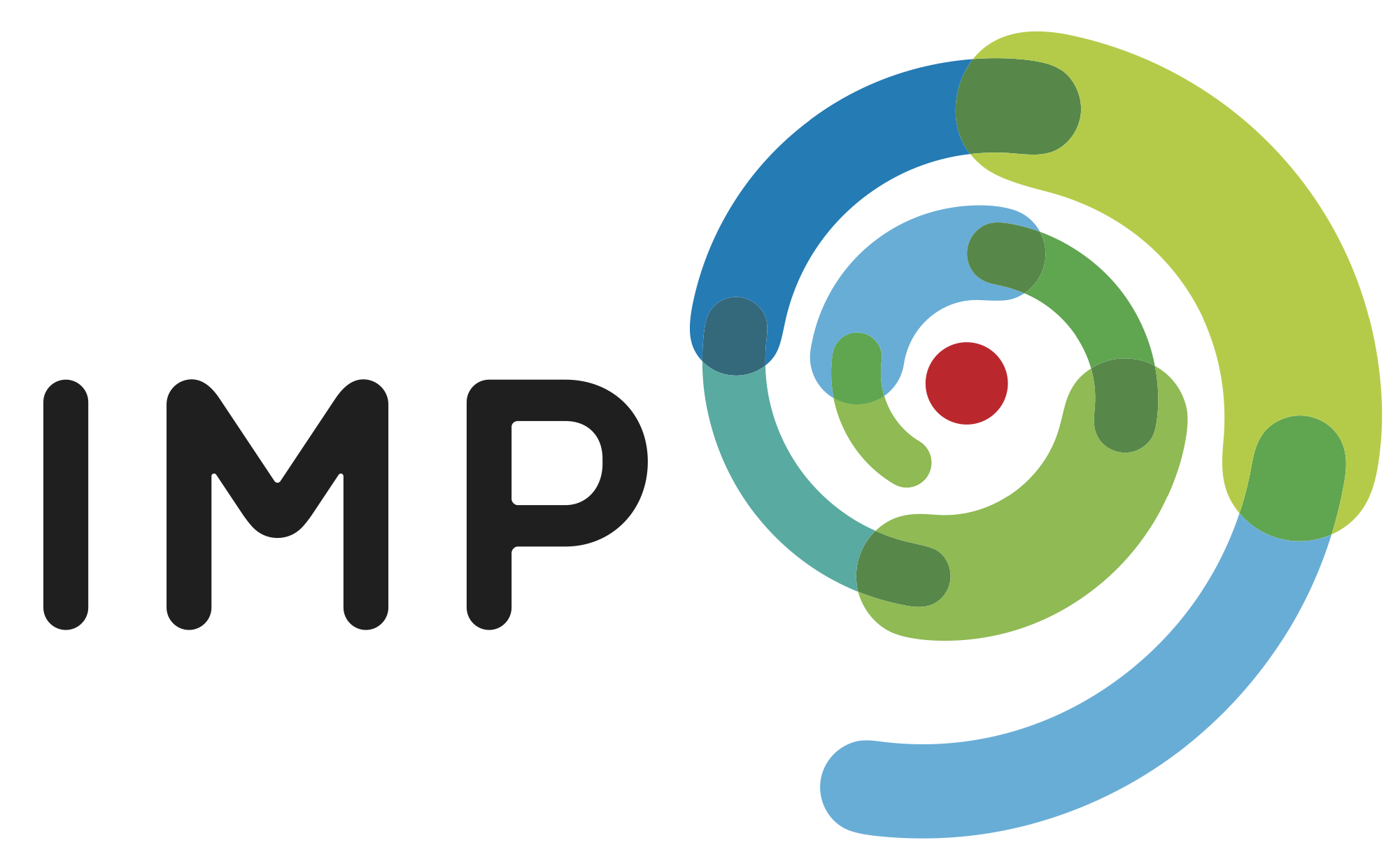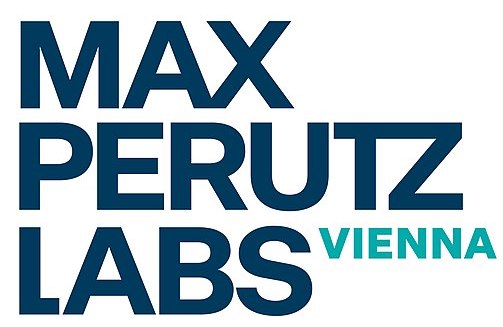 From 2024
From 2024
Vienna, Austria
Building and leading the multidisciplinary Computational Science team with PhDs in Physics and Computer Science. Focusing on computational platform and infrastructure setup, statistics method development, and AI/ML strategy of the drug discovery R&D and chemistry department.
- Team Leadership & Agile Working: Introduced agile principles and SCRUM-inspired workflows to improve delivery and collaboration.
- Built and led a multidisciplinary team of PhDs in Computer Science and Physics.
- Reorganized workflows into sprint-based iterations, allowing faster adjustment of research directions.
- Established a blueprint framework with training pipelines, tracking, and deployment templates to standardize development and ensure production-ready code.
- AI/ML Platform & Strategy: Shaped and executed the company’s AI/ML strategy, transforming QUANTRO's drug discovery platform.
- Conceptualized a hybrid in silico drug discovery platform hosting models that support both the time-resolved HTS platform and MedChem parameters.
- Enabled the transition from traditional DMTA cycles to DMTL cycles, where predictive computational models accelerate discovery and reduce cost.
- Prototyped and directed development of deep learning models predicting time-resolved transcriptomic responses from chemical structures, leveraging large-scale proprietary datasets.
- Computational Infrastructure & CI/CD: Built and optimized QUANTRO’s computational ecosystem to ensure reliability, scalability, and automation.
- Standardized CI/CD pipelines across all major computational workflows.
- Enabled 24/7 automated testing and monitoring, reducing risk of downtime and errors.
- Delivered faster development cycles with frequent code integration, early testing, and rapid rollback capability.
- Lowered operational costs by freeing data scientists from maintenance through automated deployment.
- Data Analysis Life Cycles: Designed reproducible data analysis frameworks ensuring transparency and rapid insight generation.
- Established artifact-tracked life cycles with QR code–based traceability.
- Integrated version-controlled releases to distinguish pilot (unreviewed) from production (reviewed) results.
- Reduced turnaround time for R&D insights from weeks to days, improving scientific decision-making speed.
 2020 – 2024
2020 – 2024
Vienna, Austria
Built QUANTRO's computational department, establishing production-grade cloud infrastructure, algorithmic innovations, and machine-learning–driven bioinformatics strategies to industrialize QUANTRO's drug discovery platform.
- Cloud Infrastructure: Planned and deployed an elastic, cloud-based environment for large-scale transcriptomics,
enabling concurrent processing of >100,000 targeted SLAM-seq libraries.
- Built scalable pipelines that supported cost-effective high-throughput campaigns.
- Reduced compute costs for high-throughput screening to <1k EUR per campaign.
- Algorithmic Innovation: Introduced heuristic, hardware-optimized bit-shift alignment algorithms and optimized
dataflow strategies to industrialize QUANTRO’s drug discovery platform.
- Achieved 10,000-fold speedups over conventional alignment algorithms with a peak memory footprint <2 GB.
- Enabled full high-throughput screening campaigns to be completed in <16 hours.
- Computational Platform & AI/ML: Directed computational efforts to establish QUANTROseq,
QUANTRO’s time-resolved high-throughput transcriptomics platform, and integrated ML approaches to extract biological insights.
- Led computational efforts for the setup of QUANTROseq, the company’s time-resolved HT transcriptomics drug discovery platform.
- Applied machine learning to identify highly selective transcriptional fingerprints of disease-causing transcription factors from reference datasets.
- IT & Infrastructure Oversight: Planned and supervised QUANTRO’s IT and computational infrastructure, ensuring scalable, reliable, and secure processes across teams.
 2018 – 2021
2018 – 2021(part time from 2020)
Vienna, Austria
Pioneered advances in bioinformatics across genomics, high performance computing (HPC), and machine learning, advancing cancer and infectious disease research. Contributed to international initiatives, publications, and mentoring of junior researchers.
- Omics Technology Development: Bootstrapped novel sequencing technologies and applied comparative genomics to advance cancer research and pandemic response.
- Developed a method detecting translocations at single-base pair resolution genome-wide on the Oxford Nanopore Sequencing platform.
- Developed
splice_sim, a nucleotide conversion–enabled RNA-seq simulation and evaluation framework, to benchmark spliced-read mappers and optimize mapping/quantification setups for epitranscriptomics across species. - As a member of the Vienna Covid-19 Detection Initiative: analyzed >5M SARS-CoV-2 genomes to identify conserved domains for primer design, and performed de novo assembly and quantification of viral RNAs for diagnostic assay development.
- HPC & Machine Learning: Conceived and implemented scalable pipelines for large datasets and applied ML to derive predictive biomarkers.
- Implemented a cloud-computing virus screening pipeline on Amazon Web Services , scaling to the full TCGA cohort (>11,000 patient samples, 100 TB raw data).
- Identified predictive biomarkers for classifying HPV-positive vs. HPV-negative tumors with high accuracy using machine learning.
- Scientific Leadership & Mentoring: Provided leadership across projects and guided junior researchers.
- Led projects as corresponding author, resulting in publications in high-impact journals (Nature Communications).
- Supervised and mentored undergraduate students, supporting their academic development and co-authorships.
 2014 – 2018
2014 – 2018
Vienna, Austria
Drove development of novel bioinformatics methods and tools to support next-generation sequencing technologies and genome-scale functional genomics. Designed algorithms, libraries, and analysis frameworks to support innovative experimental platforms, while mentoring students and supervising projects.
- Method & Algorithm Development: Developed computational methods for emerging sequencing technologies and functional genomics.
- Functional Genetics Toolbox & Resources: Designed and integrated large-scale libraries for genome-wide screening efforts.
- Designed the genome-wide Vienna sgRNA libraries for pooled CRISPR screens.
- Supervised development of CRISPRepo, a database and front-end for integrating, visualizing, and querying CRISPR screening data and metadata.
- Mentorship & Supervision: Supported early-career scientists through supervision of master’s student projects, resulting in new bioinformatics resources and methods established on campus.
 2017 – 2019
2017 – 2019
Vienna, Austria
Developed and deployed bioinformatics solutions complementing Lexogen’s transcriptomics product portfolio. Focused on backend design, software optimization, and scalable cloud deployment of analysis pipelines.
- Product & Backend Development: Designed optimized and compliant computational tools to analyze data produced by Lexogen’s sequencing technology portfolio.
- Led development of the SLAMdunk product backend.
- Optimized and ported established variant callers for nucleotide-conversion detection.
- Software Engineering & Cloud Deployment: Ensured scalability, portability, performance, and compliance of bioinformatics workflows.
- Containerized core software packages using Docker and deployed them on the Bluebee private cloud platform .
- Assessed licenses and benchmarked resource consumption to support cost-effective and compliant deployment.
 2012 – 2014
2012 – 2014
Lausanne, Switzerland
Developed and maintained the computational backbone of Sophia Genetics’ diagnostic SaaS platform, building modular and scalable sequencing analysis pipelines. Supported hospitals and labs across Europe with their validated gene panel test activities and contributed to product presentations for customers and scientific audiences.
- Product Development & Optimization: Designed and engineered a modular pipeline system enabling flexible integration of analysis tools for targeted gene and exome sequencing.
- Led development, maintenance, and optimization of a targeted sequencing pipeline forming the bioinformatics backend of the Sophia DDM® SaaS platform .
- Delivered high-performance, adaptable pipelines for amplicon and exome sequencing workflows.
- Clinical & Diagnostic Applications: Tailored sequencing workflows to clinical requirements, supporting genetic diagnostics across Europe .
- Customized pipelines for diagnostic gene panel kits on Roche 454, IonTorrent PGM, and Illumina MiSeq platforms.
- Co-developed novel genetic tests with Swiss hospitals and performed exploratory analyses on prospective datasets .
- Customer & Scientific Engagements: Represented Sophia Genetics in interactions with clients and at scientific events.
- Delivered product and technical presentations for prospective and established customers .
- Presented research and platform capabilities internally to Board and SAB, and at conferences to scientific and clinical audiences.
 2012
2012
Vienna, Austria
- De-novo genome assembly of Clunio marinus:
- Scaffold N50 of 1.9Mb, 98 % completeness.
- Better assembly quality than honeybee, Tribolium or the monarch butterly.
- Served as basis to unravel the genomic basis of circadian and circalunar timing adaptations.
- Hosted at ClunioBase and published in Nature.
 2010-2012
2010-2012
Vienna, Austria
-
Massive parallelization of sequence alignments on the CPU and cluster
https://github.com/t-neumann/versalignLib. - Software development of an evaluation framework for reference-mapping software.
- De-novo transcriptome assembly of RNA-seq data for Idiosepius pygmaeus.
Stockholm, Sweden
- Network analysis of the gene interaction database FunCoup to in-silico identify and evaluate novel neurodegenerative disease candidate genes.

Center for Integrative Bioinformatics Vienna (CIBIV), University of Vienna Thesis: Recovery, quantification and error correction of nucleotide conversions in epitranscriptomics sequencing datasets

Medical University of Vienna Thesis: Challenges of de-novo assembling the transcriptome of Idiosepius pygmaeus for novel gene identification

University of Applied Sciences Hagenberg Bachelor’s program Bioinformatics

High School, Bad Ischl, Austria
- Python (pandas, NumPy, scikit-learn, PyTorch, TensorFlow), R / Bioconductor, C/C++, Bash, Java, Perl, LaTeX, SQL
- MySQL, PostgreSQL, Oracle, MongoDB, NoSQL, PL/SQL, XML/JSON
- High-performance computing: OpenCL, CUDA, OpenMP, MPI, SSE/AVX
- Data wrangling & visualization: Tidyverse, Plotly, Shiny, MatPlotLib, Seaborn
- Expert experience in sequencing-based data (genomics, transcriptomics, epigenomics, single-cell, time-resolved modalities) across major sequencing platforms
- Familiarity with proteomics, high-content microscopy, and phenotypic screening
- Experience with chemoinformatics (SMILES, RDKit) and predictive modeling for MedChem parameters
- Familiarity with foundational AI/ML concepts, LLMs, embeddings, and prompt engineering
- Fine-tuning foundational models with in-house and public datasets for computational biology & chemistry (Chemformer, STATE)
- Model evaluation, interpretability (SHAP), uncertainty quantification
- Git / GitLab / GitHub, CI/CD pipelines, Jenkins, Docker, Singularity
- CMake, Maven, pip, Conda
- Monday.com, Jira / Confluence
- AWS (Batch, EC2, S3), Azure, GCP, Linux (Ubuntu, CentOS, SUSE), Mac OS X
- Nextflow, Snakemake